

Better Landscape Photography"The Importance
of Light"
|
| WOW. Where do you begin when writing a masterclass on better landscape photography? After much thought and experience I've concluded that it starts, and ends, with light. |  |
Light is the all important ingredient.
It's really "lightscapes" we are talking about, not landscapes. The land, or sea, or sky is almost incidental, a stage upon which light can perform. Lakes, rivers, mountains, forests, plains and ocean shores are merely props that support the real drama, the drama of light. Once we understand that, we have unlocked the secret of better landscape photography.
Let there be light!
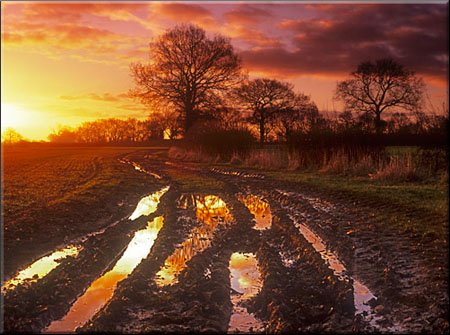 |
There is always a choice of what to photograph, maybe an expansive vista with powerful foreground leading to a distant horizon and a big sky, or perhaps an intimate woodland scene with a small stream tumbling amongst the trees. The same light won't be ideal for both but unlike a studio photographer we have no control over light, we must use what we are given on any particular day. The trick is to match the scene to the light, not the other way around. better landscape photography
Of course, there is nothing wrong with anticipating light and planning a composition to take advantage of it. However, if you arrive on location and the envisaged light fails to materialize, it's always good to have a back-up plan to fall back on. Not sure what I mean? Let's look at the different types of light and how best to use them.
My favourite
light and, I would guess, that of many others, is the light that occurs
(if we
are lucky) around sunrise. Of course, the perfect dawn is not just one
event
but rather a sequence, with the subtle characteristics of the scene
changing as
the minutes tick by like a story unfolding. It may well start with the
main
features of the scene represented as bold shapes, devoid of much detail
in the
half light that is reflecting indirectly from the sky or starting to
seep
cautiously over the horizon to dilute the darkness.
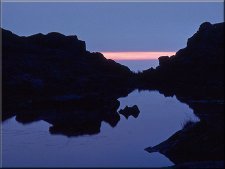
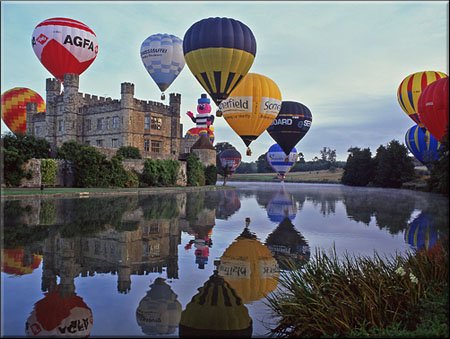 |
|
|
No direct light is yet falling on the landscape and so this will be rendered as silhouettes if the correct exposure is given to the sky to capture all the wonderful colours, although any water in the scene will reflect those gorgeous colours from above and help break up the dark anonymity of the unlit foreground. |
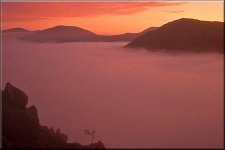 |
If your
intention
is to present bold shapes such as trees, buildings or hills as
silhouettes
against the rich sky then fine, job done. However, if you want detail
in the
landscape features whilst retaining a wonderfully saturated sky there
is still
work to be done. For film and digital workers alike the
most direct
solution is
to fit a gradual neutral density filter to balance the exposure of
earth and
sky within the dynamic range of the media. |
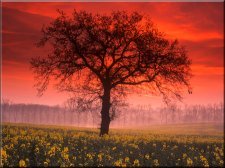 |
These filters come in various strengths and are amongst the most useful of accessories for better landscape photography. Digital workers (and indeed film users if intending to scan their results) have the option to bracket exposures then merge images later in post processing or, if the brightness range is not too severe, adjust a single raw file to recover detail from both under and overexposed areas of the image. Remember though, there are limits! |
taking stage if possible.
Now the sun is peeping over the horizon and it's a great opportunity to grab a few shots to include it before it becomes too intense and ruins the images with flare. better landscape photography
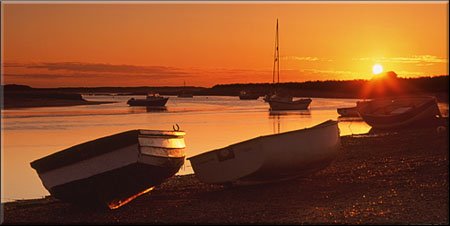 |
Once
again a decision needs to be made between silhouettes and detail and
which, if
any, graduated filters to use. Do consider, though, that too large an
area of
shapeless black, devoid of any detail, will almost certainly kill the
image.
Speed is
really of the essence now because it's amazing how fast the
sun climbs
above the horizon and how quickly it builds in intensity.
A few minutes
at the
very most is all you have so concentration on what is happening and
good
preparation is vital.
With all this unfolding in front of you it's easy to overlook what is occurring behind. The effect can be just as spectacular, with the low-angled sun raking across the scene, enriching everything it touches with crimson fire or a golden glow, depending on how far above the horizon it has travelled.
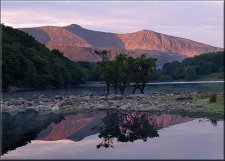 |
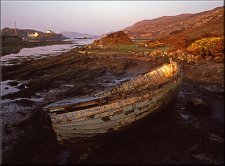 |
Should good fortune continue, there is yet another stage of opportunity to come. If that band of cloud is still lingering just above the horizon where the sun has risen, then very soon it will start to climb into that cloud and there is another chance to capture it partially obscured before it disappears completely. Even once it has, if the cloud is broken enough there may be further opportunities for dramatic pictures.
| Of course, what I have just described is pretty much the perfect dawn and sunrise, but how often does that happen? More likely you will have crawled out of bed at a ridiculous hour only to find a thick layer of cloud obliterating any chance of seeing the sun and firmly shutting out any hint of dawn colours. You sit for hours, hoping against hope for even the smallest break in the cloud before accepting that it isn't going to happen. |
|
So it's turned out to be a dull, sunless day and the dawn session was a non event. You can either trudge your weary way home or put plan 'B' into operation. Remember what I said about matching the landscape to the light? It's now obvious that the planned view over the lake towards the distant mountains beyond isn't going to work in this flat light with white, featureless sky but what about the woods behind?
| A quick exploration reveals a delightful little cameo of tumbling stream, bubbling with enthusiasm down a series of small rocky steps beneath a canopy of green that masks the dismal sky and seems to almost glow with the soft light that gently caresses the translucent leaves. | 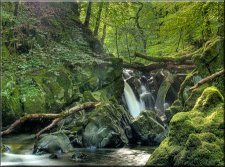 |
Better still, there's no harsh contrast between inky shadows and burning pools of sunlight piercing through the trees, which would bedevil this scene on a bright, sunny day and prove to be well beyond the dynamic range of either digital or film. better landscape photography
| The blanket of cloud is acting like a giant diffuser, softening the light and spreading it evenly, which is simply ideal for this situation. So make the most of it and enjoy many hours exploring the micro landscape amongst the sanctuary of the trees. You'll be surprised how many miniature scenes and different compositions you find. | 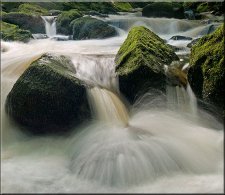 |
Just keep an eye on the white balance if using digital; the auto setting may over or under compensate for the coolness of the dull light and need manual override. Film users may need to fit a warm-up filter. Many outdoor photographers fail to appreciate the unique and useful qualities of this type of light, which ironically the studio photographer will spend much time and money trying to emulate with sophisticated diffusers for his studio lights. better landscape photography
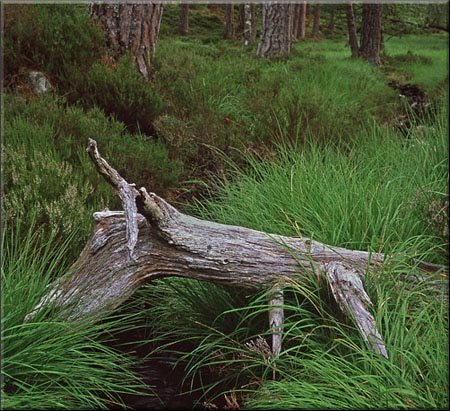 |
We seem to have discussed a wide range of different light already, but in reality the dawn/sunrise scenario may have lasted little more than half an hour, maybe an hour at the most. What a glorious period of high activity and ever changing mood! Even the alternative strategy for a sunless start to the day may have taken us only until mid-morning.
The day will of course progress very differently depending on what type of light is forthcoming. Although we can categorize light into broad types there is an almost infinite scope for how it might influence our photography and what opportunities it is likely to provide according to time of day, how the weather changes and even what season we are in.
I look forward to an opportunity to explore with you some of the other types of light and how to make the most of them in my Learn Landscape Photography masterclass. In the meantime enjoy your landscape photography and don't forget, it's all about light.
More of John's superb Landscape Photographs and his advice are available in his new book - The Light Fantastic.
Some of his images are displayed in the Gallery of Better Photographs
Recommended Reading for Better Landscape Photography
- First Light - Joe Cornish
- Waiting for the Light - David Noton
- Mastering
Landscape Photography - Alain Briot
- Reading
the Landscape
- Peter Watson
- Transient Light - Ian Cameron
- Working the Light - Eddie Ephraums
 |
| Image of the Month |
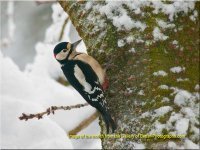 |
| Click here to download it. |
| Find It |

Custom Search
|
| All of the advice, tutorials, masterclasses and ideas on this website are available to you at no charge. Even so, its upkeep does incur costs. |
|
| If you feel that
the site has helped you then any contribution you make, however small,
would go towards its ongoing maintenance and development. Thanks for your help. |
| Book of the Month |
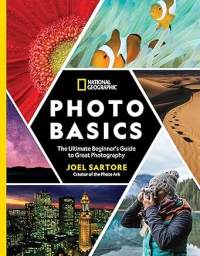 |
| Click here to read the review. |
|
|
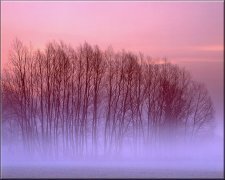
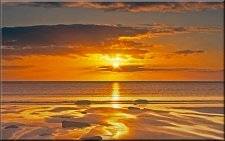

New! Comments
Have your say about what you just read! Leave me a comment in the box below.